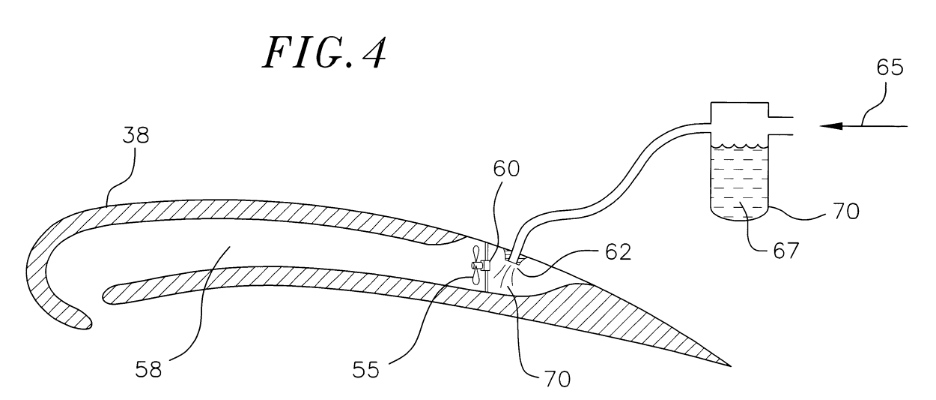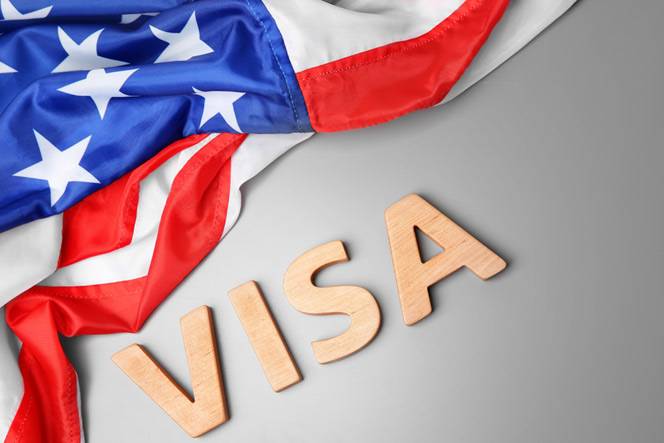I don't know about you, but for me, the smells from different places in Disney are as familiar as the buildings. Places like Pirates of the Caribbean or Main Street have a distinct smell, somehow reaching your nose through the crowds of people, churro carts and buckets of popcorn. Smell is an important component in Magic Kingdom.
The sense of smell is closely linked to memories, and Disney is built on memories and nostalgia.
Everything at Disney operates under the control of ImagineersThey are responsible for all the magic, and the smell is no different. So how does Disney control such a complicated detail? Meet the Smellitizers.
From the vanilla candy on Main Street, to the slow burning wood on Spaceship Earth and the barrage of ocean breezes and orange groves on the various iterations of Soarin', Disney's scent machines rely on relatively simple technology to enhance the sensory experience of your park and make your memories that much stronger.

How do Disney's perfume machines work?
SimplifyingDisney's scents involve positioning a scented substance (either real popcorn or an artificial perfume) between a source of strong airflow (fan or pressurized air) and the audience, turning the airflow on and off so that it blows through the substance and towards the audience. This process works because of the way chemicals are transported through the air and how we smell, explained below.

From patent for the Soarin' sniffing system seen in the image above, a nozzle 62 can be located next to the fan 55. The nozzle in FIG. 4 is connected to a reservoir 70 located upstream of the nozzle. Compressed air is supplied via a compressed air inlet 65. The air flow draws in an aroma material 67 from the aroma tank 70 and delivers it through the mouthpiece 62 into the fan area. The scented air then moves through the air plenum 58This directs it out of the roof and down onto the passenger.
The science behind magic
Smells are caused by substances that are sufficiently volatile. Volatility doesn't mean that substances are bad or evil like Scar or Maleficent, but rather, a volatile substance has the tendency to vaporize or transform into a gaseous form. We are only able to smell things when the molecules that make them up are in gaseous form, because only gases can reach the space in our skull where we detect smells. But how do substances that are not gases turn into gases?
Normally, substances change from liquid to gaseous form, as when we boil liquid water and it turns into water vapor. In the same way, scented candles distribute perfume by heating solid wax first into a liquid and then into a gas. But liquids are difficult to control in machines, so scents don't always use substances in liquid form. (Yes, the patent image may look like a liquid, but this has not been confirmed. Also, having a different liquid container for each perfume in Soarin' may be inefficient compared to the methods described below)
Because we are still able to smell the scent of things like candles, soaps and solid air fresheners, even when they are in a seemingly solid form, is there another way for sniffers to achieve the desired effect? Yes! They could rely on containers of chemicals already in gaseous form or on a process of transforming a solid into a gas called sublimation.

Sublimation
Sublimation requires very special conditions, depending on the material, for the molecules of a solid to have enough energy to become a gas. Heating a solid air freshener is one way of causing sublimation and distributing the scent, but I find it unlikely that Disney will use almost constant heat on all its air fresheners, if this can be avoided due to the high cost of providing enough energy for such a process. In addition, regular life experience seems to indicate that solid air fresheners work quite effectively, even when they are not in a heated location. Thus, alternative materials or conditions need to be used to make a solid substance smell strong.
The most likely explanation is that blowing cold air over the scented substance (usually made up of volatile organic compounds) with a powerful fan or compressed air tank reduces the air pressure above the scented substance, blowing away the molecules that were present before.
The same process occurs when the wind blowing over a puddle causes it to evaporate more quickly. With fewer molecules present above the scented substance or puddle, more molecules can escape into the air. More molecules turning into gas results in a higher probability of detecting a smell.

How do we smell?
Chemicals from odor-producing objects travel through the air, into our nostrils (or through our mouth and back into our throat), through our nasal cavity until they reach a section of the nasal cavity called the olfactory epithelium.

Drawing of the olfactory system
The olfactory epithelium is a mucus-covered membrane that captures the chemicals for smell and is filled with 40 million olfactory neurons. Each of these neurons has special proteins in their membranes that work like locks that can only be opened by keying in the right smell molecule.
Once the molecule has unblocked all the possible receptors, the neurons with these receptors are activated and send a signal to a different part of the sensory nervous system, called the olfactory bulb, which is just a bundle of neurons.
In addition to sending the olfactory bulb direct to the olfactory cortex (where higher-order processing takes place), the signal is sent both to the amygdala, which is responsible for emotions, and to the hippocampus, which is necessary for memory formation.

Why is smell so powerful in triggering memories and emotions?
The various neurons activated by the molecules of a smell are usually arranged in a specific spatial pattern in the olfactory bulb that is gradually (by repetition) associated with the object that caused the smell.
This recognition is how a memory for a smell is formed, just as the activation patterns associated with an image of Mickey Mouse's face in the visual cortex or Mickey's voice in the auditory cortex are paired over time.
As we have more unique types of receptors for smells (at least 350!) than for sight, our memories for smells can be much more specific and also require less complicated integration of sensory information. This specificity may be one of the reasons why we can recall a more specific set of memories of a smell than just an image (such as a photo of a perfume bottle or the word "rose" rather than the smell associated with each).
In addition, there are fewer steps involved in recognizing patterns of smells (through the olfactory bulb and then into the cortex) than in recognizing patterns of images or sounds (which must first pass through a traffic control center called the thalamus). The olfactory sensory pathways are much more integrated with the amygdala and hippocampus than other sensory pathways, which probably served our ancestors well in their survival: having a better memory for predator smells and dangerous foods would prevent death.
What's more, scent memories are some of the best preserved over time. If the memory of a perfume is first formed during childhood, the positive emotions associated with nostalgia can make this memory even more powerful. This may explain why the faintest whiff of a churro can bring back memories of leaving school as a child and entering a commercial building here in Orlando quickly reminds me of when I worked at IBM and lived in NY.

The importance of precision
What's so special about Disney's sniffers is that the smells are precisely timed, released relatively discreetly and directly, dissipate quickly and can be used repeatedly for around 80 to 100 showings per day per theater. Imagine not smelling the dirt from Mount Kilimanjaro to the Parisian scene of Soarin' - it really doesn't make you feel transported to any location, does it?
This kind of problem affected a 1950s technology called Smell-O-Vision. Originally used in cinemas, Smell-O-Vision quickly declined in popularity because the mechanism detracted from, rather than enhanced, the movie-watching experience. Fans used to dissipate the smells loudly, covering up the music and dialogue, and the smells took too long to reach the audience's nose, so the smells weren't properly synchronized with the film.
Combining knowledge of chemistry, engineering and neuroscience, Disney's sniffers make its attractions much more magical and realistic.
From classics like the Haunted Mansion and Pirates of the Caribbean, to Soarin' and Flight of Passage, the "created" scents are powerful in helping families remember their vacations for years to come.
Any doubts?
Now that you know a little more about the Magic of Disney, maybe it's time to think about investing in a vacation home in Orlando and enjoy even more of the Magic. We can help you understand the behavior of the real estate market and consider investing in vacation homes in Orlando. To take advantage of all the tips we've brought you and go even deeper, you can talk directly to our relationship agents. They are always happy to talk to you to answer any questions you may have about investing in Florida.
In this article we cover Disney's secrets for keeping mosquitoes away from the parks in Orlando. If you want to read more content like what we've covered in this article, just stay tuned here on our blog.
Invest in real estate in Florida.
Did you like the article? Keep an eye on our blog! Looking to live or invest in real estate in Florida? Check out the list of houses for sale in Florida that we've selected for you!
|
Getting your Trinity Audio player ready...
|
Leo Martins
My role is to create an environment for people to connect with Real Estate in Florida



